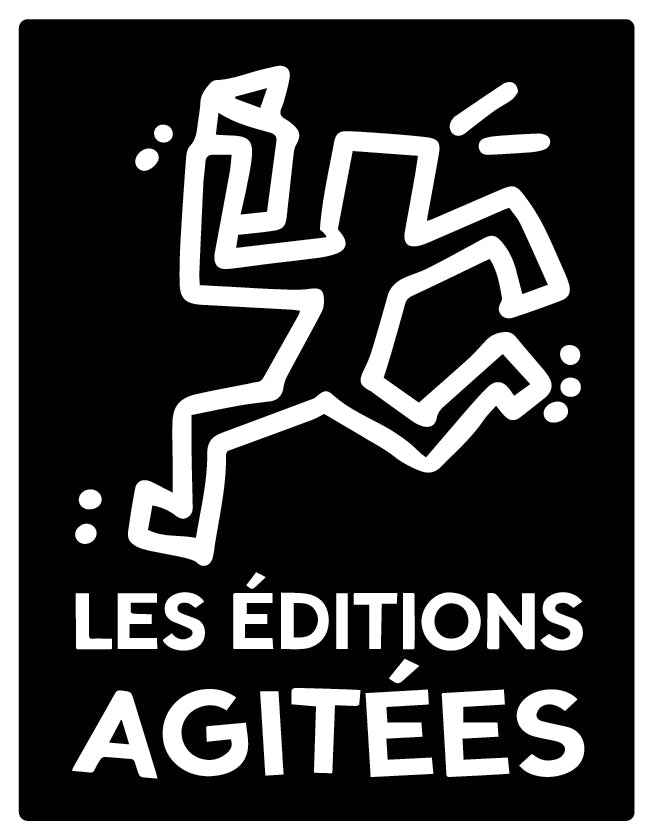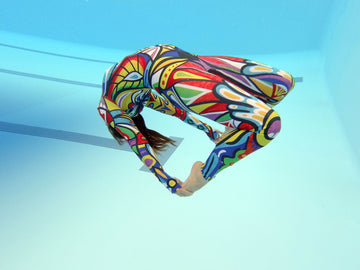In the 1940s, pocket comics reached their peak, notably with Dick Bos created by the Dutch author Alfred Mazure known as Maz. In the episode Jiu-Jitsu , the hero-detective uses his knowledge of martial arts to avoid difficult situations. At first glance, we follow the adventures of the hero throughout the scenes. But when we look at the details, we see a real self-defense tutorial. The author probably sought the credibility of the action scenes more than the teaching of an art. However, it is the beginnings of an “active” book, a double-reading book.
In 1977, a coloring enthusiast joined forces with a medical professor to design the first coloring book on learning human anatomy, which is now in its 14th edition and more than 4 million copies sold. worldwide. This work offers a double reading like our previous example but this time with a real stated learning objective.
This is what we call an “active” book: a work that cannot be read passively but which offers a second reading angle with a learning objective.
This term “active” book is arbitrary. We could have called it an “educational book”, but aimed at adults. Some also call this type of work “interactive book” or “participatory book”. Never mind.
As far as possible, we will try to offer you this principle for each work, with the aim of transforming you at the end of your reading, without however forcing you to do so.
This is what we wanted to do with our first book: “ The designer's logbook ” (national release at the beginning of November) where a comic book project management diary also offers health prevention throughout the pages. It will also involve communication supports which will not simply give information but will lead the user to get involved in a game, a challenge, a particular activity... always with a learning objective such as the notoriety of the brand or company. This is, for example, the origami leaflet which transforms the support into an experience which increases the user's interest.
This principle requires acquiring a new writing method. This is why we support authors in transforming their editorial project into an “active” project.
Dick Bos is currently reissued by Blow Book.
The Anatomy Coloring Book is published by Pearson.
Photo by Greta Hoffman from Pexels







